The Witcher 4 is real, and it’s actually called The Witcher 4. It’ll star Ciri as the main protagonist, be another third-person action-RPG just like The Witcher 3, and Doug Cockle returns to voice Geralt of Rivia, who will indeed be present in the game in some form.
Ciri, as we can infer from the trailer, has passed the Trial of the Grasses to become a witcher, and she uses some magical powers that are beyond the signs of standard witchers like Geralt. And that, more or less, is about the sum of what we know for sure about The Witcher 4 so far, aside from some added pieces of context that can be pulled together from our previous CD Projekt Red interviews, about the studio’s continuing technical ambition and rough launch timeframes.
It makes for a nice setup for our chat this week with The Witcher 4’s game director, Sebastian Kalemba, and narrative director, Philipp Weber – albeit one with some quite tight restrictions on what exactly is on the table. There are all kinds of questions still hanging for fans. How long is this after the events of The Witcher 3, given Ciri’s seemingly more mature status in the trailer? Which ending was canon? How do you drop such a powerful character like Ciri into the early steps of an RPG? And can our current gen consoles run that trailer, given it was pre-rendered on a mysterious, “unannounced Nvidia GeForce RTX” graphics card still “using assets and models from the game itself”?
We were warned ahead of time that specific story, region, and gameplay details aren’t going to be talked about yet – but between the coyness and the careful wording, there are still a few new things we managed to learn. Below is a full transcript of our conversation, lightly edited for clarity.
So the first thing for me is: is there a single, canon ending to The Witcher 3 that you’re working from now? Obviously, there’s quite dramatically different endings available for Ciri in particular there…
Philipp Weber: So we can’t say yet how exactly we’re going to handle it. This is something that we want to reveal later. What I can say is that we really want to respect everything that came before, that being the books by Andrzej Sapkowski and all three Witcher games, and that of course, should also include some of the most important choices the player made there. But exactly how we, you know, reveal how we handle all of these things, this will be part of the story that we tell in Polaris so I think that we have to talk about how we do it a little bit later.
Can you talk about how many years after The Witcher 3 we are here? Obviously, Ciri looks a little bit older, so we can assume it’s a fair bit afterwards – can you say exactly how long?
Sebastian Kalemba: We cannot say exactly how long, but we can say ‘a few’ [years], that’s for sure. And yeah, I would keep it at that.
Weber: Yeah, a few years, basically.
Kalemba: A few years. [laughs]
A few years, okay. You mentioned Andrzej Sapkowski – what does his involvement look like with The Witcher 4? Do you speak with him directly, do you run things by him, or is it totally hands off?
Kalemba: Actually, he’s hands off. But, you know, he’s not [involved] in the form of a consultant or whatever, but we have a great relationship with him. So we meet with Andrzej Sapkowski from time to time, discuss things. But generally, there is a great trust between us when it comes to dealing with this world. And I believe we are perfectly calibrated when it comes to the framing.
Weber: Yeah, and but I can also say, I think, as someone who joined the company as a Witcher fan, when Andrzej visited us some time ago in the studio, and we got to actually show him some of the things that we do, I can say that was a very happy day. I think for everyone.
Kalemba: Yeah, he simply enjoyed [seeing what CDPR was making].
Does he ‘approve’ of Ciri being a fully fledged Witcher? I ask as it’s a bit of a discussion point with fans at the moment, about whether she is or she isn’t officially a Witcher, whether she goes through the Trial of the Grasses [CDPR has confirmed that she does, in the time before The Witcher 4]. Has he explicitly said, say, ‘yes, that’s absolutely fine’?
Weber: I mean, I can actually give you a very good answer, because it’s the answer that Andrzej Sapkowski usually gives: the answer is in the books. And in the books, Andrzej Sapkowski called Ciri a witcher multiple times, and Geralt called Ciri a witcher in the books too. So I think that basically says what Andrzej Sapkowski thinks about the topic.
Sticking with Ciri for a bit, there’s been I think what you might call some ‘pushback’ from some people already on her being the main protagonist, for a range of reasons, right? Some of them because maybe they didn’t enjoy the gameplay of the Ciri sections of The Witcher 3 as much as the other parts. Or they believe that she’s not a real Witcher, even though like you say it’s in the books; or they want to make their own character; or they don’t like her appearance in the trailer. What do you make of that response so far? Do you feel like that was inevitable?
Weber: I think there’s many very valid worries and responses, because I think a lot of them come out of passion, and I think a lot of those questions are also questions that we asked ourselves. So we really, again, say that we are beholden to the lore, the canon of the books by Andrzej Sapkowski, the three previous Witcher games, and we’d want to take that seriously, and we really want to respect that. So all the answers we basically want to give in The Witcher 4 are in line with this attitude.We’re not suddenly making up stuff just because we want to. We really want to take these things seriously.
So I can really understand if some people, you know, might have wished to play another game with Geralt – like I can say myself, I could make games about Geralt until the day I die, and I would probably die happy. But I think for me, and I think for all of us [at CDPR], it’s also just really exciting to see all the opportunities that Ciri brings us, both with her character, and also by just virtue of who she is, what we can do with her in terms of the gameplay as well. So I think the best answer for us, for those people that really are worried right now, is basically to show them, when we are ready, that we really do this well and with care. And I think – I hope – we can then convince them with the game itself. Because I think actions speak louder than words.
Kalemba: Yeah, well said. And on top of that, just please remember that we are also not only developers, but we are also gamers, right? And, you know, we’ve started with the second protagonist already in The Wild Hunt. And so there was already a tease. So we really [are] all about making sure such calls are very educated calls. And we really believe, as Philip already said, that we also have so much of a great story to tell with Ciri, and she deserves that.
Could we assume that Ciri’s style of gameplay has evolved, from what we’ve played with her in The Witcher 3, and how so?
Kalemba: Absolutely. I mean, like with every game we create here at Red, we try to evolve all aspects of them. So meaning, you can tell like by, let’s say, analyzing the gameplay aspects in Cyberpunk 2077, and then Phantom Liberty. And then you can even look at The Wild Hunt through the prism of [expansions] Hearts of Stone and Blood and Wine. The creatures were a bit different, right? This is our approach for the development with every next installment, we want to evolve, and definitely it is going to happen in the new Witcher 4 with Ciri.
We talked very briefly about this idea of making your own character. Is there a specific reason you feel that it was always better to go with a known, single character, rather than building your own, RPG- or Cyberpunk-style from scratch? What was behind that decision to stick with a known character here that you’re playing as?
Weber: I think, honestly, this character-driven storytelling has been always in the DNA of our Witcher games, first with Geralt, and then, of course, we started setting up Ciri as a second protagonist in The Witcher 3, and now we want to continue with her as well. But as an example, one thing I can also say, one of the things that makes Ciri into an interesting new protagonist for us is, of course, also that she is at the beginning of her journey as a witcher.
So as an example, Geralt was very, very experienced already. He went through so many things. And, you know, he created his own code, his value of neutrality, he created through so many experiences. And Ciri still has to make many of those experiences. She has to go through so many of these things. So in a way, even though Ciri is, of course, a defined character, with her, players will have the opportunity to still define her quite a bit more, specifically define the path that she will take on her way to becoming a Witcher, and basically also what kind of person that will make her.
You mentioned Geralt. Obviously, we know he’s alive and in the game, in some form. Will he be playable at any point, like Ciri was in The Witcher 3?
Kalemba: Well, actually, currently, he’s having the best time of his life Touissant in Henrietta’s mansion [laughs]. And, you know, playing with some wine, and dealing with vineyards. This is where we left him last time. But obviously we can promise that Geralt will appear, but we cannot tell you if it’s going to be playable or not right now. But yeah, he will appear. He’s going to be present in The Witcher 4.
Coming back to Ciri more broadly, there was a sense with The Witcher 3, and I think a lot of Witcher fiction as a whole – the TV series as well as the books – that this is a man’s world, and that the experience of a woman is actively quite a significant theme in The Witcher in a lot of different forms. The women of this world are subjected to a lot of violence, they’re heavily sexualized in different ways. There’s the kind of ‘deal with the devil’ that sorceresses have to have to make where they lose their fertility and so on. Watching the trailer, it seemed to maybe channel this: there’s Ciri, a woman trying and failing to save another woman from more of this universe’s violence, right? Is that an intentional theme that you were channeling with the trailer? And also, is it something you’re intentionally looking to explore in the game, the experience of a woman in particular through Ciri’s eyes in this world?
Weber: I mean, I would say the world of The Witcher is a really dark one that’s really inspired by, of course, dark fantasy folklore. But also medieval to early Renaissance history, and that is a world that was tough – tough for many different groups, women among them. As an example, in The Witcher, we also deal a lot with racism when it comes to non-humans, and this is something that we want to keep up with The Witcher 4. I think it’s something that has always been really important. We make games for adults, and it also means that we tackle some difficult topics. We tackle them in interesting ways. We tackle them without giving easy answers, but often opening difficult questions that players have to answer. And I think some of those questions might be going in this direction as well, because, yeah, Ciri is a woman, and as a witcher in this world, this is an unusual state. So I don’t think it’s going to be this story everywhere, but since this is a part of this world, and we want to tackle so many of those different themes, it’s definitely also going to appear there as well.
One interesting part of featuring Ciri here is that there’s now maybe some concern, or more like speculation, that you might need to kind of ‘nerf’ her in some way, right? That she has to go back to ‘power level one’ at the beginning of an RPG – and obviously she finished The Witcher 3 as pretty powerful, right? Like she’s one of the more powerful entities in the world at that time. How are you trying to handle that? Can we expect a low power Ciri at the start of this?
Kalemba: No, we cannot tell you exactly how. But we can tell you just, like, believe us: that was one of the things, or first things, that we were solving, to make sure – the way we develop here, we do not leave anything without a clear answer. And the answer we’ll provide for sure, as soon as we let you experience the game.
More broadly, it’s been roughly a decade or so since The Witcher 3, and open world games have evolved quite a lot since then. Now some of the leading ones maybe have more immersive sim elements, or they’re a bit more systemic, a bit more interactive, and so on. Have you felt a need to evolve your approach to open worlds with The Witcher? Have you looked to certain games for any inspiration or thought, we need to bring more of these ‘modern’ open world elements in? Or are you sticking with: ‘this is what we believe it should be’.
Weber: I would say both. So as an example, we want to stick with the things that we know we do well. So we don’t want to break what really works. But at the same time, we want to improve and evolve our games with every game. And I think we take inspiration basically from everywhere. So we really also want to make sure that, you know, open worlds don’t just get bigger, that they also get a bit deeper. And I think that’s what we want to do.
And finally, it’s been discussed a fair bit now, but you folks have been stung in the past with announcing things early, and with pre-rendered footage. I know after Cyberpunk 2077’s launch you’ve now changed development practice, to where you develop games on the lowest spec hardware at the same time as the highest end ones. So can players be confident that even though this trailer is on, as you’ve mentioned, some super secret next gen graphics card, the game could also run on current gen consoles – say an Xbox Series S – at the same time?
Kalemba: You know, first of all, this is good to say: this is not a kind of ‘beginning of marketing’ campaign. We firstly wanted to showcase and share with the entire world that Ciri is the main protagonist; it’s The Witcher 4; and she’s mutated; and she’s on The Path, definitely, right?
The second thing is that, yes, we are working on a new engine right now, together with Epic’s engineers, and there is a great synergy and a great collaboration between us. And currently we’re working on Unreal Engine 5 and our custom build. And obviously we want to support all the platforms – meaning PC, Xbox and Sony, right? – but I cannot, right now, tell you more specifics regarding that.
For sure, it’s definitely worth remembering [that for this] first time, we created the cinematic, pre-rendered, without post production piece, that we want to [show that we’re] simply aspiring to achieve such quality in cinematics as much as possible. That’s my opinion: it’s a good benchmark.
function appendFacebookPixels() { if (window.facebookPixelsDone) return; !function(f,b,e,v,n,t,s) {if(f.fbq)return;n=f.fbq=function(){n.callMethod? n.callMethod.apply(n,arguments):n.queue.push(arguments)}; if(!f._fbq)f._fbq=n;n.push=n;n.loaded=!0;n.version='2.0'; n.queue=[];t=b.createElement(e);t.async=!0; t.src=v;s=b.getElementsByTagName(e)[0]; s.parentNode.insertBefore(t,s)}(window, document,'script', 'https://connect.facebook.net/en_US/fbevents.js');
fbq('init', '560747571485047');
fbq('track', 'PageView'); window.facebookPixelsDone = true;
window.dispatchEvent(new Event('BrockmanFacebookPixelsEnabled')); }
window.addEventListener('BrockmanTargetingCookiesAllowed', appendFacebookPixels);
Source link
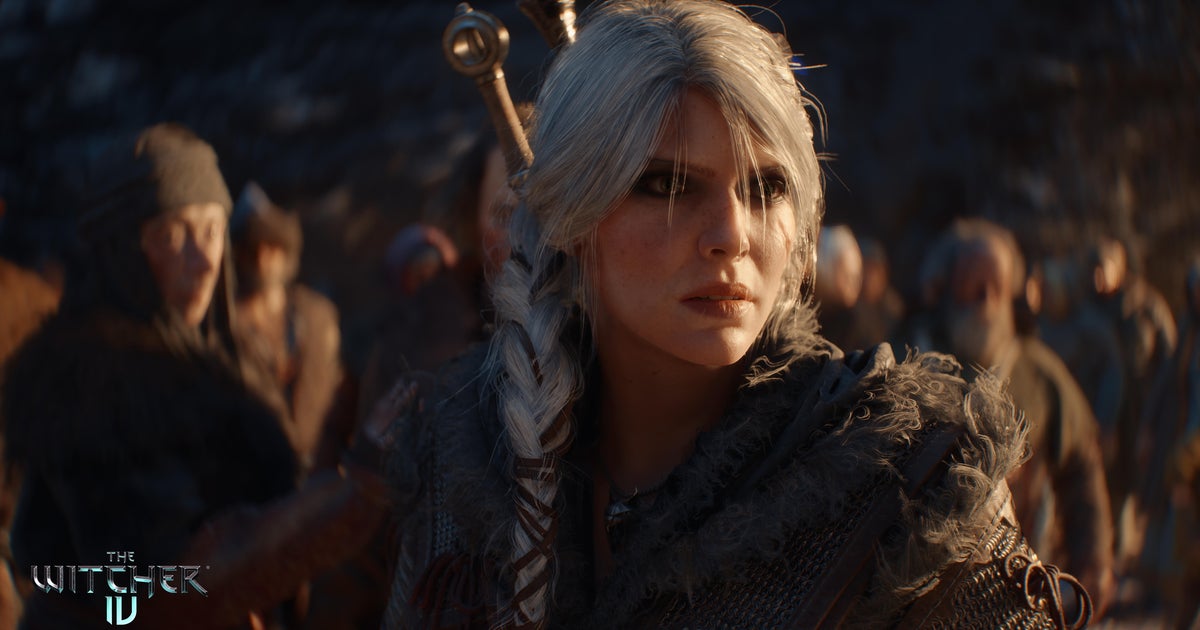
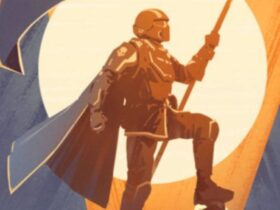
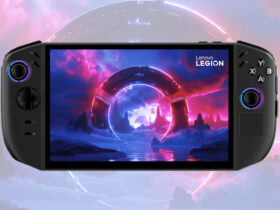
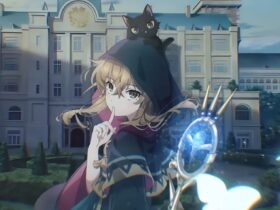
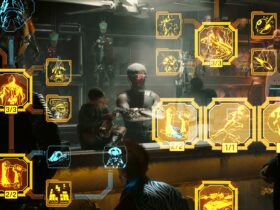
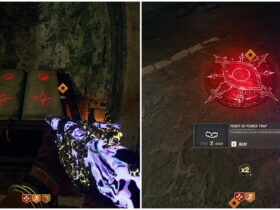
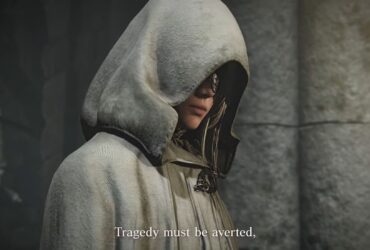
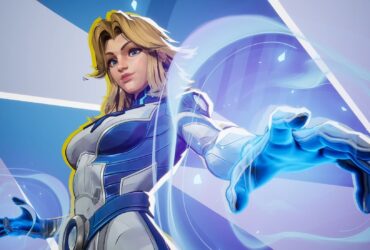

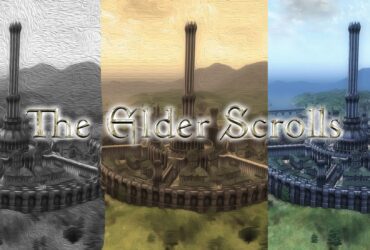

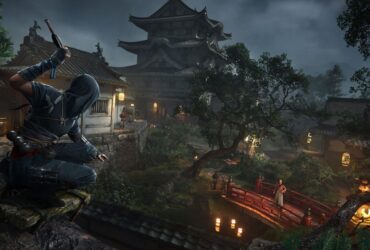
Leave a Reply